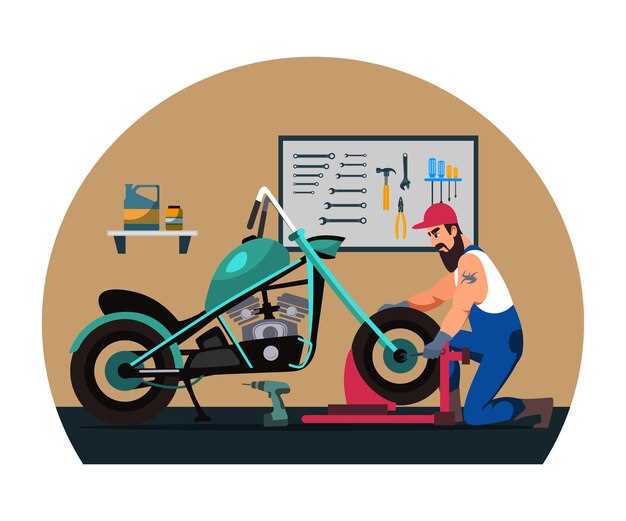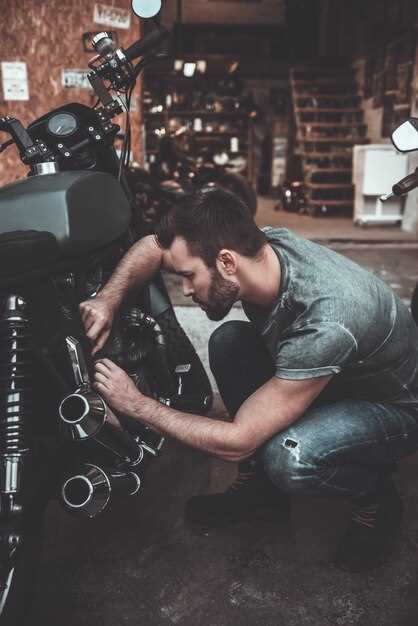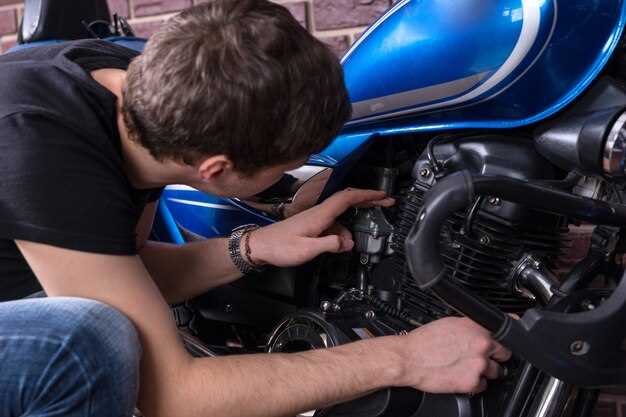
The Basics of DIY Motorcycle Customization

Customizing your bike at home can be one of the most rewarding experiences for any motorcycle enthusiast. The world of mods offers endless possibilities, allowing you to tailor your ride to reflect your personality and preferences. By understanding the fundamentals of motorcycle customization, you can enhance both the performance and aesthetics of your custom bike.
Getting started requires some basic knowledge of motorcycle mechanics and the tools necessary for modifications. Whether you aim to improve your bike’s performance with engine upgrades or simply wish to add unique visual elements, familiarity with essential components is key. This will not only help you execute your vision effectively but also ensure that your modifications are safe and functional.
Each mod you choose to implement contributes to the overall character of your motorcycle. From custom exhaust systems that deliver an iconic sound to personalized paint jobs that make your bike truly one-of-a-kind, every enhancement tells a story. As you embark on your customization journey, remember that the goal is to create a machine that resonates with your identity and riding style.
Choosing the Right Tools for DIY Mods

When diving into the world of customizing your motorcycle, having the right tools is essential for successful DIY mods. The tools you choose can significantly impact the ease of your modifications and the quality of the finished product.
Here are some key tools and equipment you should consider for your customization projects:
- Wrenches and Sockets: A good set of metric and standard wrenches and sockets is fundamental. Look for a ratchet set for quick adjustments.
- Screwdrivers: Both flathead and Phillips screwdrivers are necessary. Magnetic tips can help in holding screws in place during installation.
- Pliers: Needle-nose pliers are excellent for reaching tight spaces, while adjustable pliers can be used for gripping and turning tasks.
- Torque Wrench: Ensures that bolts are tightened to the manufacturer’s specifications, preventing damage to your motorcycle.
- Drill and Drill Bits: An electric drill will help with creating new attachment points. Make sure to have a variety of drill bits for different materials.
- Cutting Tools: A rotary tool or hacksaw is essential for cutting metal or plastic parts accurately when shaping custom components.
- Sandpaper and Files: For smoothing out rough edges on custom modifications, sandpaper and metal files will be invaluable.
- Measuring Tools: Use a tape measure and caliper to ensure precise measurements when installing new parts or making alterations.
- Safety Gear: Don’t forget safety goggles, gloves, and a mask to protect yourself while working on your bike.
Investing in quality tools may seem costly upfront, but they pay off in the long run through improved efficiency and the ability to tackle multiple projects. Creating custom mods requires both creativity and precision, so equipping yourself with the right tools will help you achieve your desired results.
Start small, build your toolkit as you go, and soon you’ll be well on your way to successfully customizing your motorcycle at home.
Essential Modifications for Improved Performance

When it comes to customizing your motorcycle, focusing on performance mods can take your riding experience to the next level. Here are some essential modifications to consider for enhancing your bike’s capabilities.
One of the most impactful updates is installing an aftermarket exhaust system. A high-performance exhaust not only reduces weight but also improves airflow, allowing your engine to breathe better. This mod can result in increased horsepower and a more aggressive sound, elevating your bike’s character.
Upgrading the air intake system is another crucial step. A high-flow air filter and intake can significantly boost throttle response and engine efficiency. By allowing more air to enter the combustion chamber, your bike can generate more power, particularly during acceleration.
Regearing your motorcycle’s final drive can improve its acceleration. By changing the sprocket sizes, you can achieve a better balance between top speed and low-end torque, making your bike feel more responsive. This mod is especially beneficial for riders who enjoy spirited riding or track days.
Investing in a performance-tuned ECU (Engine Control Unit) is also a wise choice. A remapped ECU can optimize fuel delivery and ignition timing, allowing for smoother power delivery and increased performance. Pairing this mod with exhaust and intake upgrades can yield significant gains.
Don’t overlook suspension upgrades, as they play a vital role in handling and stability. Installing quality shock absorbers and fork springs can enhance your bike’s ride quality and cornering capabilities, making it more enjoyable on various road conditions.
Finally, consider lightweight wheels. Reducing unsprung weight through upgraded wheels can improve acceleration and reduce braking distances. This mod not only enhances performance but also contributes to a more agile and responsive feel during rides.
In conclusion, these essential mods can greatly improve your bike’s performance. Each modification offers unique benefits, allowing for a custom fit that enhances your overall riding experience.
Safety Considerations When Customizing Your Bike
When embarking on DIY motorcycle mods, prioritizing safety is paramount. Customizing your bike can be an exciting process, but it comes with inherent risks that require careful attention and planning. Ensure you have the right tools and equipment before starting any modifications. Using proper tools not only makes the job easier but also minimizes the chance of accidents.
Wearing appropriate personal protective equipment (PPE) such as gloves, goggles, and a helmet during the modification process is essential. These items protect you from potential injuries that can occur when handling tools or working near heavy components. Additionally, ensure your workspace is clean and clutter-free to prevent trips or falls while working on your bike.
Understand the mechanics of your motorcycle before attempting any mods. Research the specific parts you intend to modify or replace, as improper installation could lead to dangerous malfunctions. If you’re unsure about a particular modification, consult with a professional mechanic or seek advice from experienced DIYers to avoid costly mistakes.
Another crucial aspect of safety is to perform regular inspections after completing your mods. Check for any loose parts or misalignments that could compromise the bike’s performance or your safety while riding. Taking the time to ensure everything is secure and functioning correctly will help prevent accidents on the road.
Lastly, avoid customizing your bike with modifications that exceed your skill level. If a DIY project feels overwhelming, it’s wise to seek help or leave it to the experts. Remember, the goal of customizing your bike is to enhance your riding experience, not to compromise your safety.